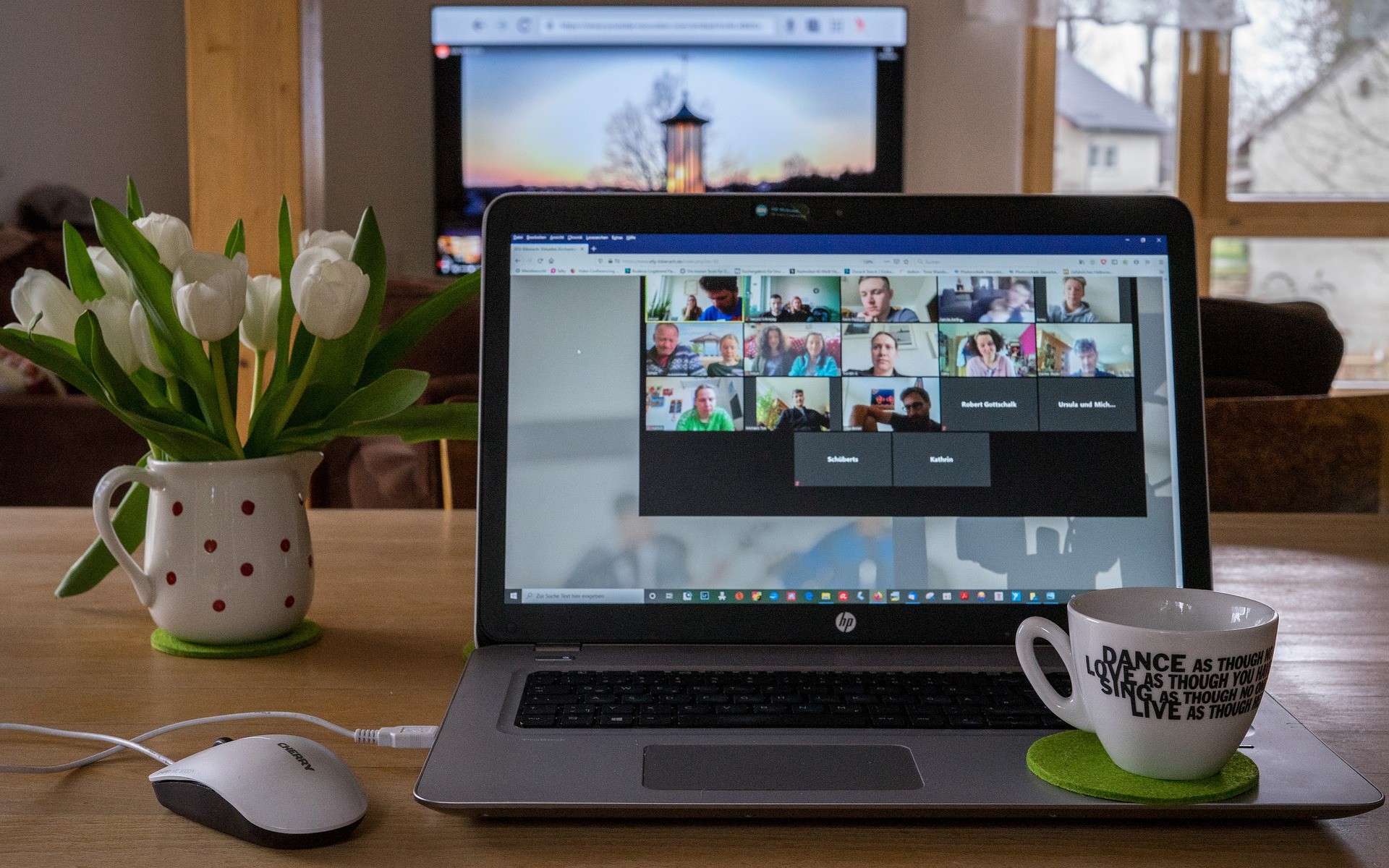Effective communication is the key to keeping clients and partners happy. Fortunately, groundbreaking technological innovations have occurred in the past decade, allowing us to communicate seamlessly with people located far and near without the need to meet physically. Learning to conduct a productive online meeting is an invaluable asset today, especially when you want to work from home or when you can’t travel to attend a meeting.
With the right digital tools, anyone can effortlessly schedule, plan, structure, manage and conduct virtual meetings with customers, clients, partners, employees, and bosses. With the correct approach, you’ll just be as involved, engaged, and productive as you are in in-person meetings. However, running an effective online meeting requires adequate preparation. Here’s how to go about it.
Pick the Right Platform
The first step you should take is choosing an ideal online meeting tool. There is a broad array of virtual programs out there. Some are meant for social connections, some for enterprise meetings, while others are a blend of the two. Typically, the right tool should allow you to set up and host a virtual meeting, invite a number of participants, and share your screen.
More advanced tools may enable you to share files, chat with participants, and record the meeting. The tool you pick will depend on the capabilities you want and the objectives of your meeting. After selecting a platform, test the system to check whether the camera, microphone, and features such as the multi-participant capability work. Testing and knowing how to operate it will save you time and embarrassments during the actual meeting.
Have a Clear and Well-Communicated Agenda
We’ve all been through meetings that had no clear agenda and seen how the conversation quickly loses track. When the purpose of the meeting is vague, the participants will definitely get confused, become less engaged, and lose sight of the important issues. Setting an agenda and notifying everyone allows each individual to come to the meeting adequately prepared, and to be on the same page. When crafting an agenda, make sure you:
- Set the key talking points.
- Request input from those who will attend the meeting.
- Ensure the topics are relevant to the participants you have invited.
- Assemble the relevant documents or research concerning the agenda.
- Appoint a meeting moderator to bring order and control proceedings.
- Locate time for last-minute questions, comments, and other additions.
- Notify everyone of the items they should have, e.g., headphones, collar mic, pen, and notebook.
Prepare Your Space
How you prepare your space will make or break the success of the meeting. For official meetings, you don’t want your pets, your kids or phone competing for your attention. Such interruptions not only affect you, but they throw the whole meeting off course. To avoid such mishaps, remove anything that could cause distractions, tell everyone at home you are having a meeting, and lock the door of the room you will use. Make sure the space you use is clutter-free, quiet, has ample lighting, and has a clear background.
Apart from organizing your space, you also need to adopt virtual meeting etiquette. These include being neat and presentable, maintaining eye contact with the camera, limiting body movements, speaking clearly and concisely, refraining from snacking during the meeting, and avoiding performing other tasks such as opening emails. You should also mute your phone, turn off all notifications on the device you are using, and avoid rustling papers.
Go Slow and Steady
Virtual meetings should have a slower pace than in-person meetings. Most systems take around 3 seconds to communicate, and this lag can cause problems to the participants when you proceed to speak in the normal space. Make sure there are sufficient pauses after you finish a statement and ask questions. Pausing gives the participants the opportunity to seek clarification or ask questions without interrupting you.
Recap Before You’re Done
Before concluding the meeting, briefly go over the main points. If participants have been allocated duties, let every person recap what action item he/she is responsible for, and the time frame for delivering it. This phase provides clarity, reminds everyone what they are supposed to do, and ensures accountability. When the meeting is over, share your notes with all participants to make sure everyone is on the same page.
Bottom Line
Although holding a virtual meeting has been made easier thanks to technological breakthroughs, you need to make adequate preparations if you want to have a fruitful meeting. Start by acquiring the right virtual meeting program, set an agenda, and prepare your space. With the right approach, your clients, partners, and boss will definitely be impressed.
If you are looking to digitally transform your business and expand your reach and communication capabilities, AE Technology Group will help you achieve your goals!



